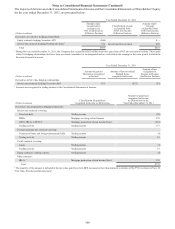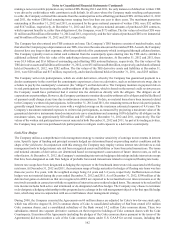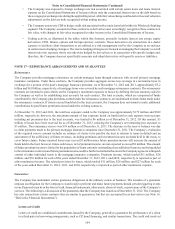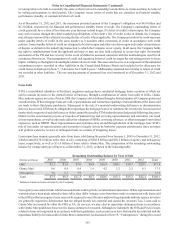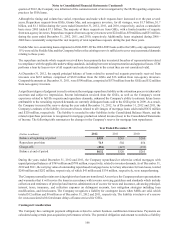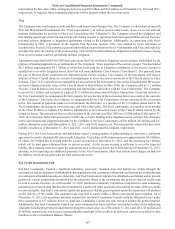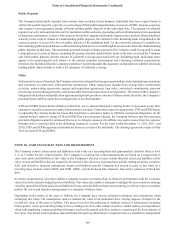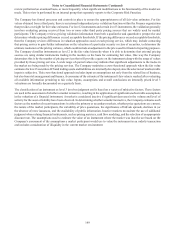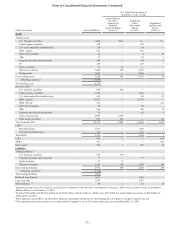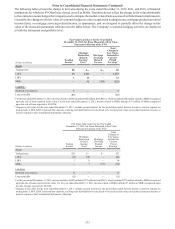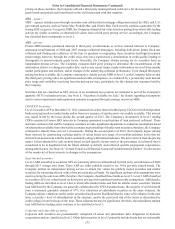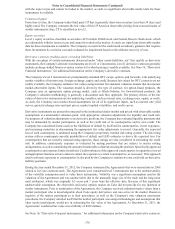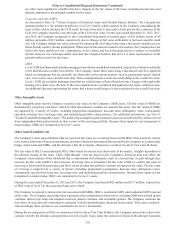SunTrust 2012 Annual Report Download - page 185
Download and view the complete annual report
Please find page 185 of the 2012 SunTrust annual report below. You can navigate through the pages in the report by either clicking on the pages listed below, or by using the keyword search tool below to find specific information within the annual report.Notes to Consolidated Financial Statements (Continued)
169
review performed on an annual basis, or more frequently, when significant modifications to the functionality of the model are
made. This review is performed by an internal group that separately reports to the Corporate Risk Function.
The Company has formal processes and controls in place to ensure the appropriateness of all fair value estimates. For fair
values obtained from a third party, there is an internal independent price validation function within the Finance organization
that provides oversight for fair value estimates. For level 2 instruments and certain level 3 instruments, the validation generally
involves evaluating pricing received from two or more other third party pricing sources that are widely used by market
participants. The Company reviews pricing validation information from both a qualitative and quantitative perspective and
determines whether pricing differences exceed acceptable thresholds. If the pricing differences exceed acceptable thresholds,
then the Company reviews differences in valuation approaches used at each pricing service, which may include contacting
that pricing service to gain further information on the valuation of a particular security or class of securities, to determine the
ultimate resolution of the pricing variance, which could include an adjustment to the price used for financial reporting purposes.
The Company classifies instruments as level 2 in the fair value hierarchy when it is able to determine that external pricing
sources are using similar instruments trading in the markets as the basis for estimating fair value. One way the Company
determines this is by the number of pricing services that will provide a quote on the instrument along with the range of values
provided by those pricing services. A wide range of quoted values may indicate that significant adjustments to the trades in
the market are being made by the pricing services. The Company maintains a cross-functional approach when the fair value
estimates for level 3 securities AFS and trading assets and liabilities are internally developed, since the selection of unobservable
inputs is subjective. This cross-functional approach includes input on assumptions not only from the related line of business,
but also from risk management and finance. A consensus of the estimate of the instrument's fair value is reached after evaluating
all available information pertaining to fair value. Inputs, assumptions and overall conclusions on internally priced level 3
valuations are formally documented on a quarterly basis.
The classification of an instrument as level 3 involves judgment and is based on a variety of subjective factors. These factors
are used in the assessment of whether a market is inactive, resulting in the application of significant unobservable assumptions
in the valuation of a financial instrument. A market is considered inactive if significant decreases in the volume and level of
activity for the asset or liability have been observed. In determining whether a market is inactive, the Company evaluates such
factors as the number of recent transactions in either the primary or secondary markets, whether price quotations are current,
the nature of the market participants, the variability of price quotations, the significance of bid/ask spreads, declines in (or
the absence of) new issuances, and the availability of public information. Inactive markets necessitate the use of additional
judgment when valuing financial instruments, such as pricing matrices, cash flow modeling, and the selection of an appropriate
discount rate. The assumptions used to estimate the value of an instrument where the market was inactive are based on the
Company’s assessment of the assumptions a market participant would use to value the instrument in an orderly transaction
and includes consideration of illiquidity in the current market environment.



